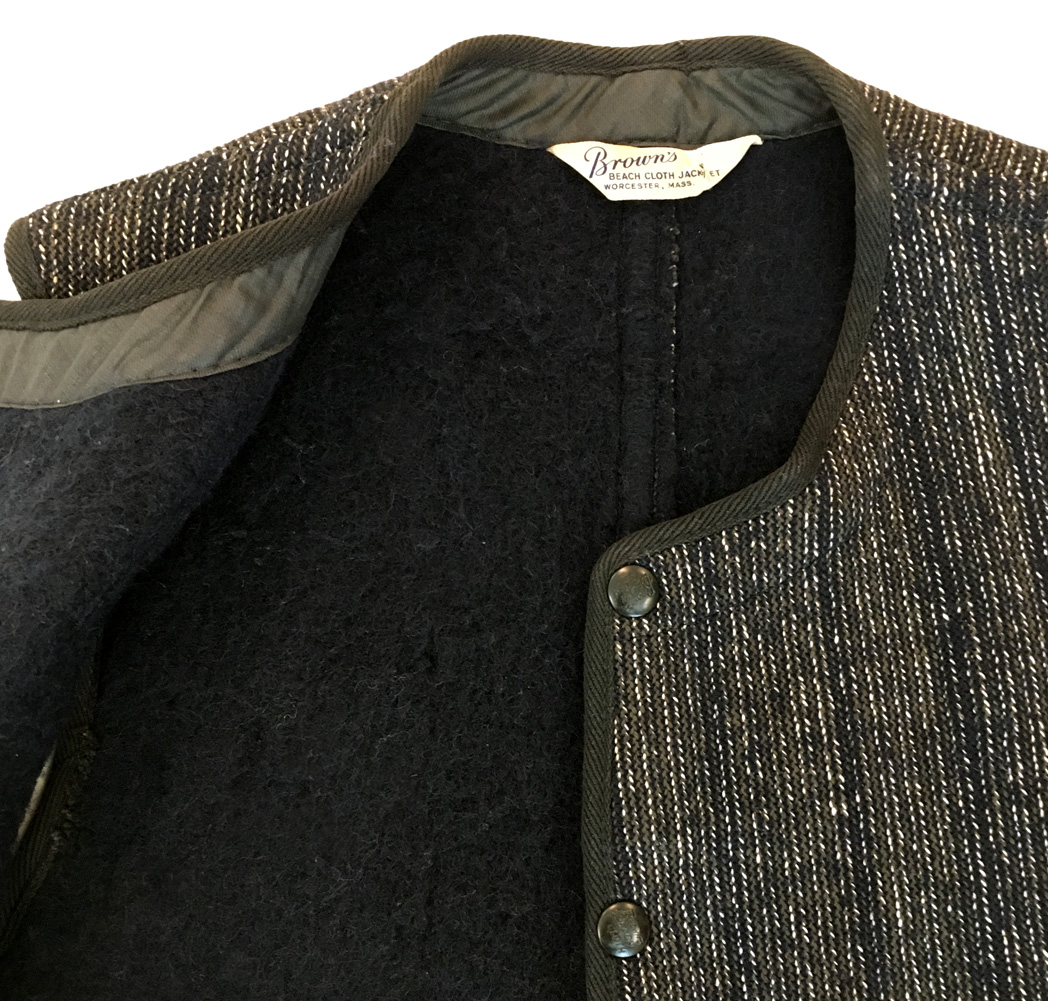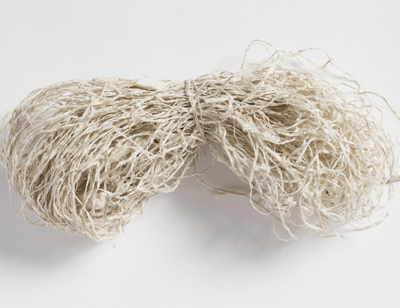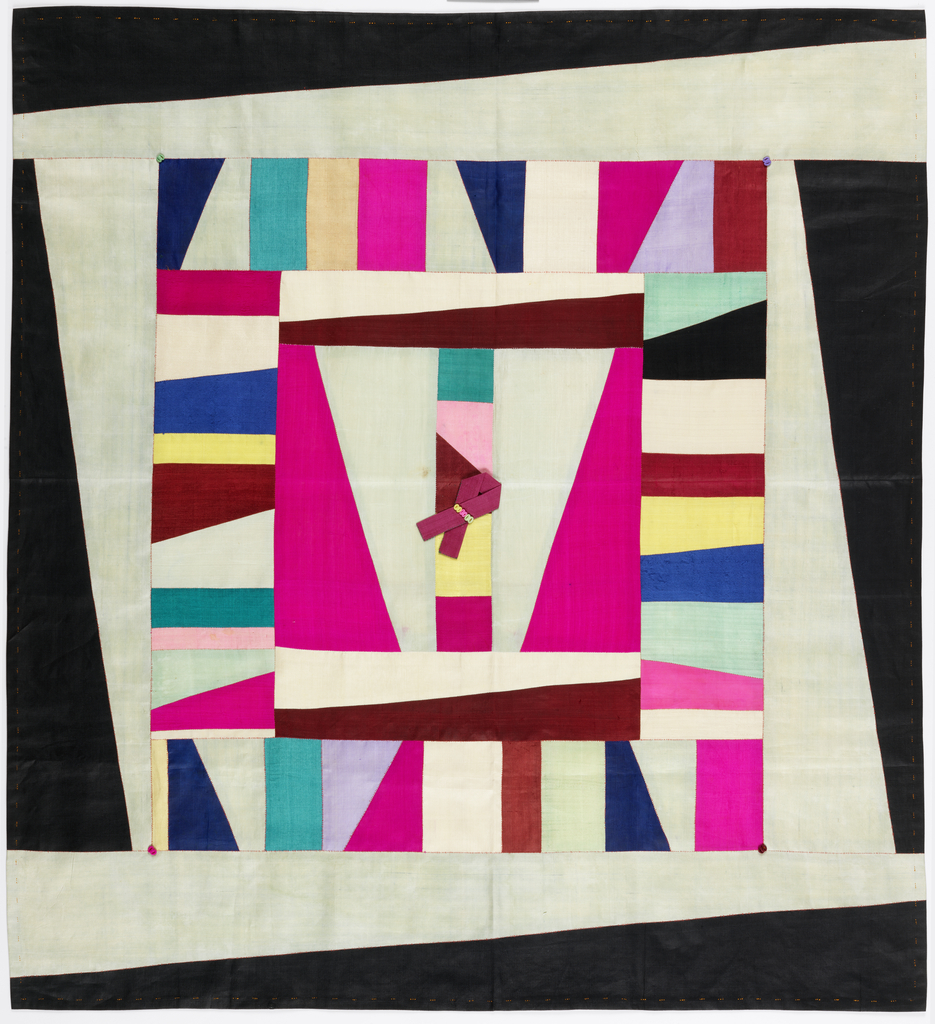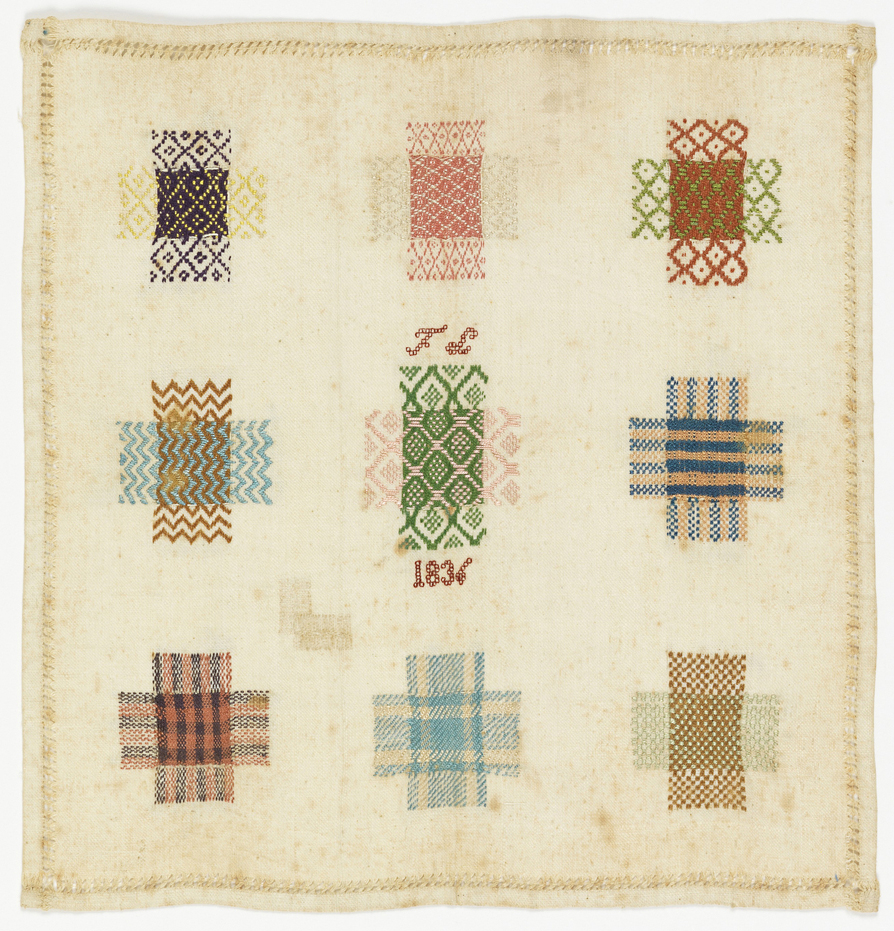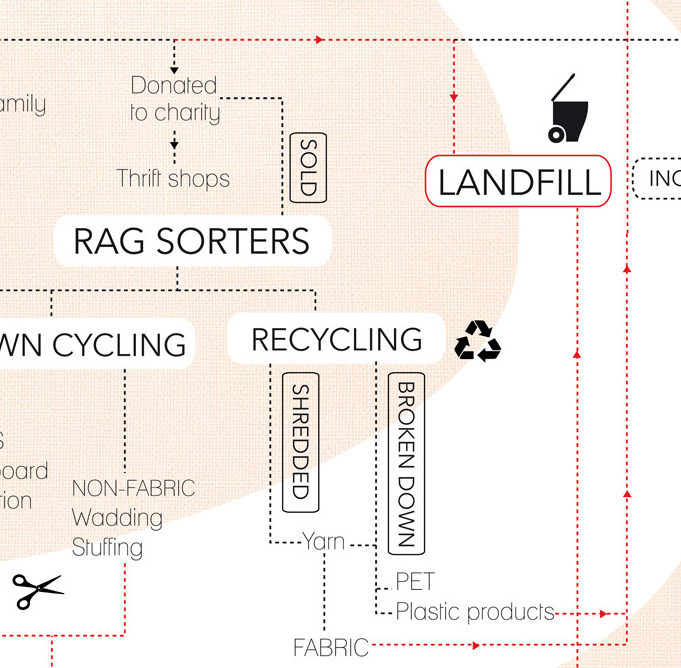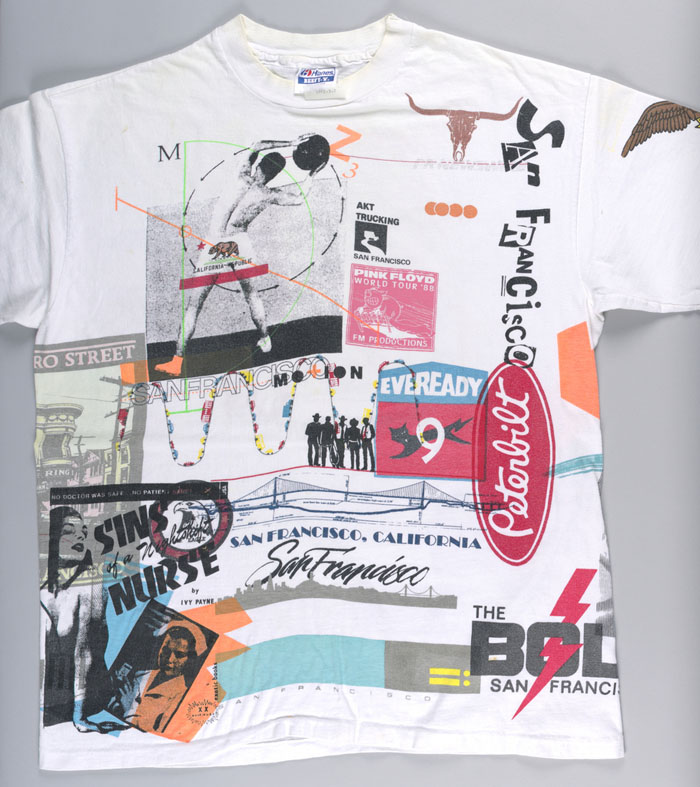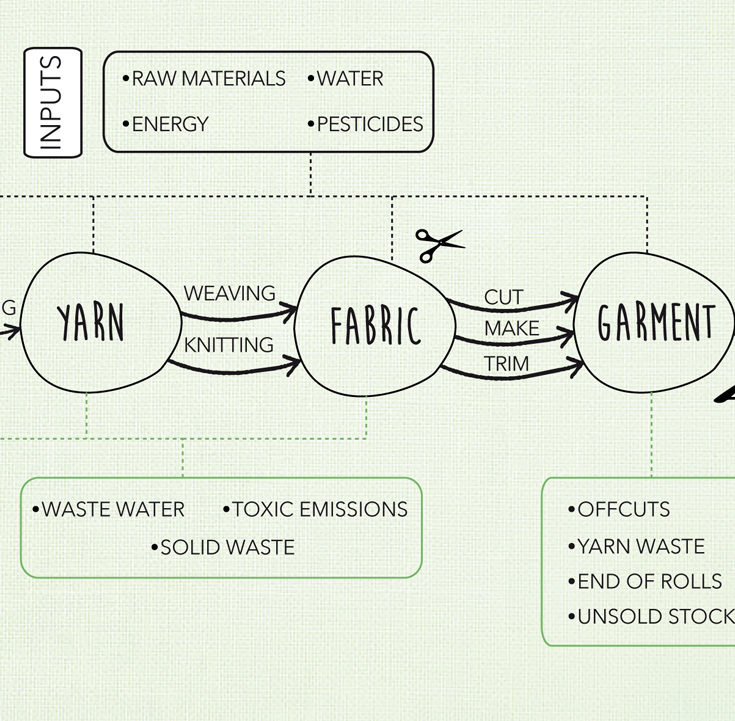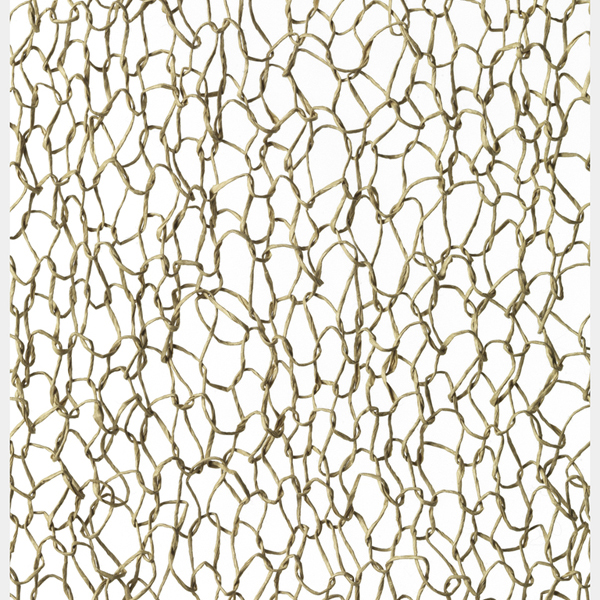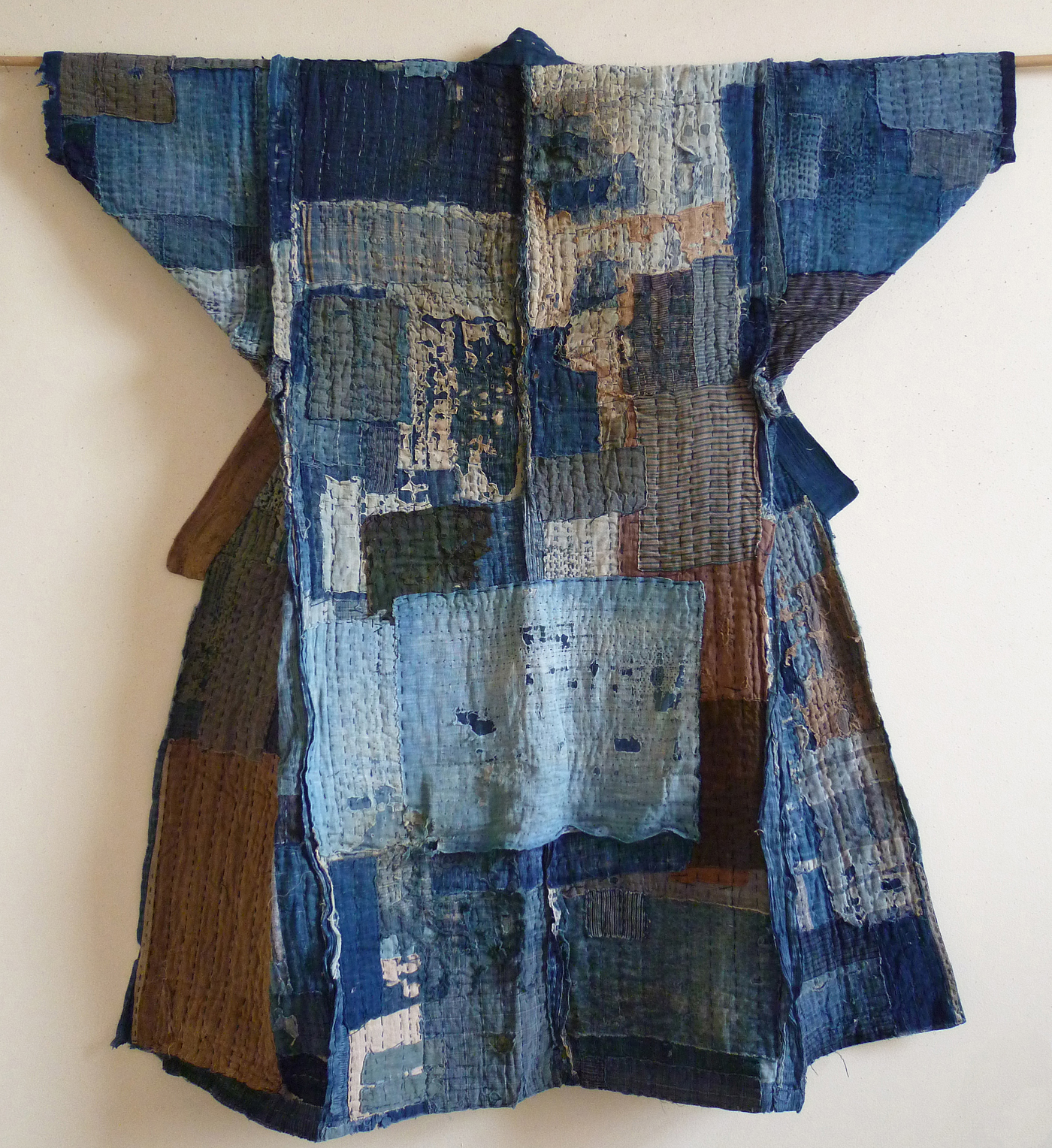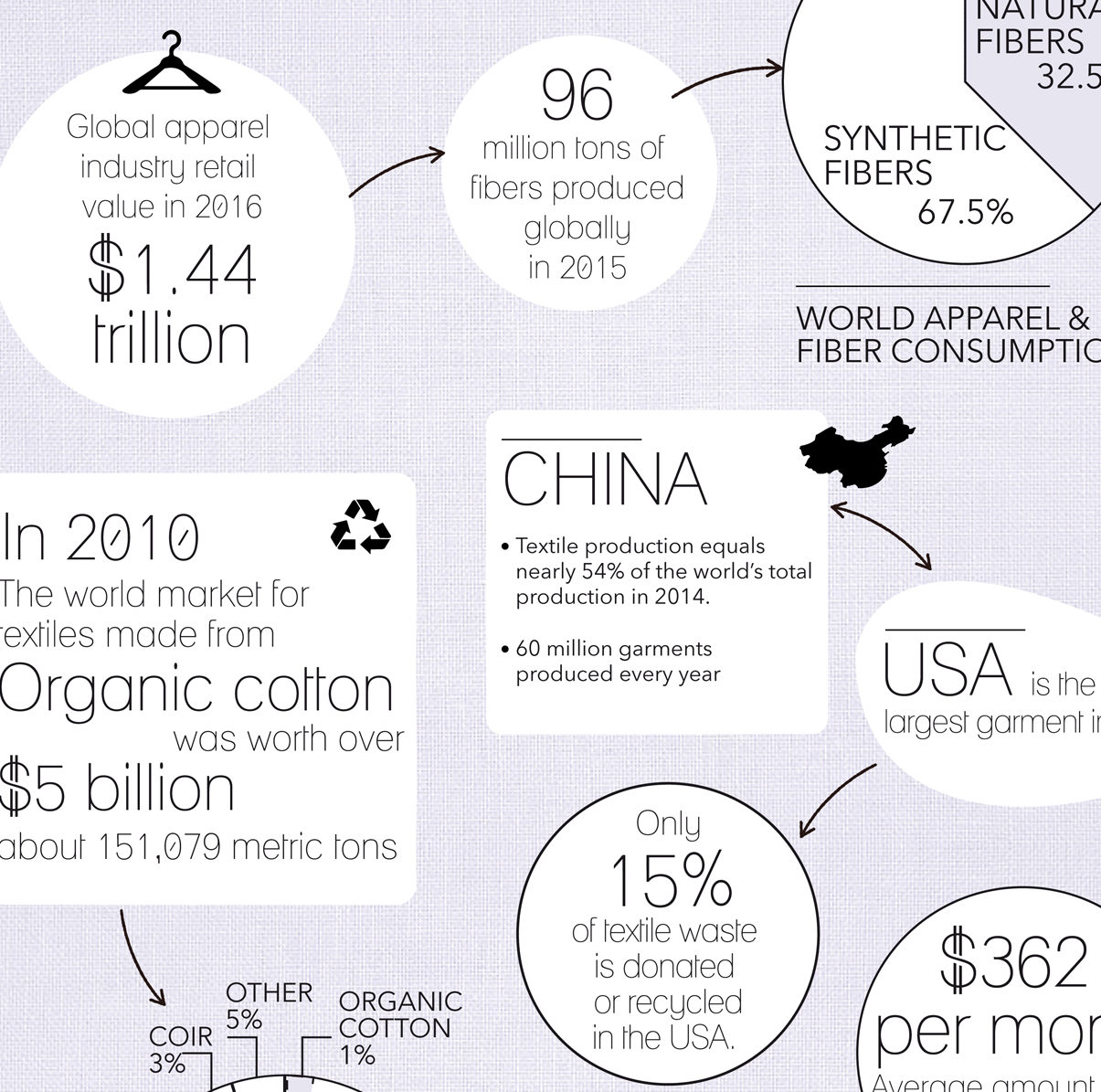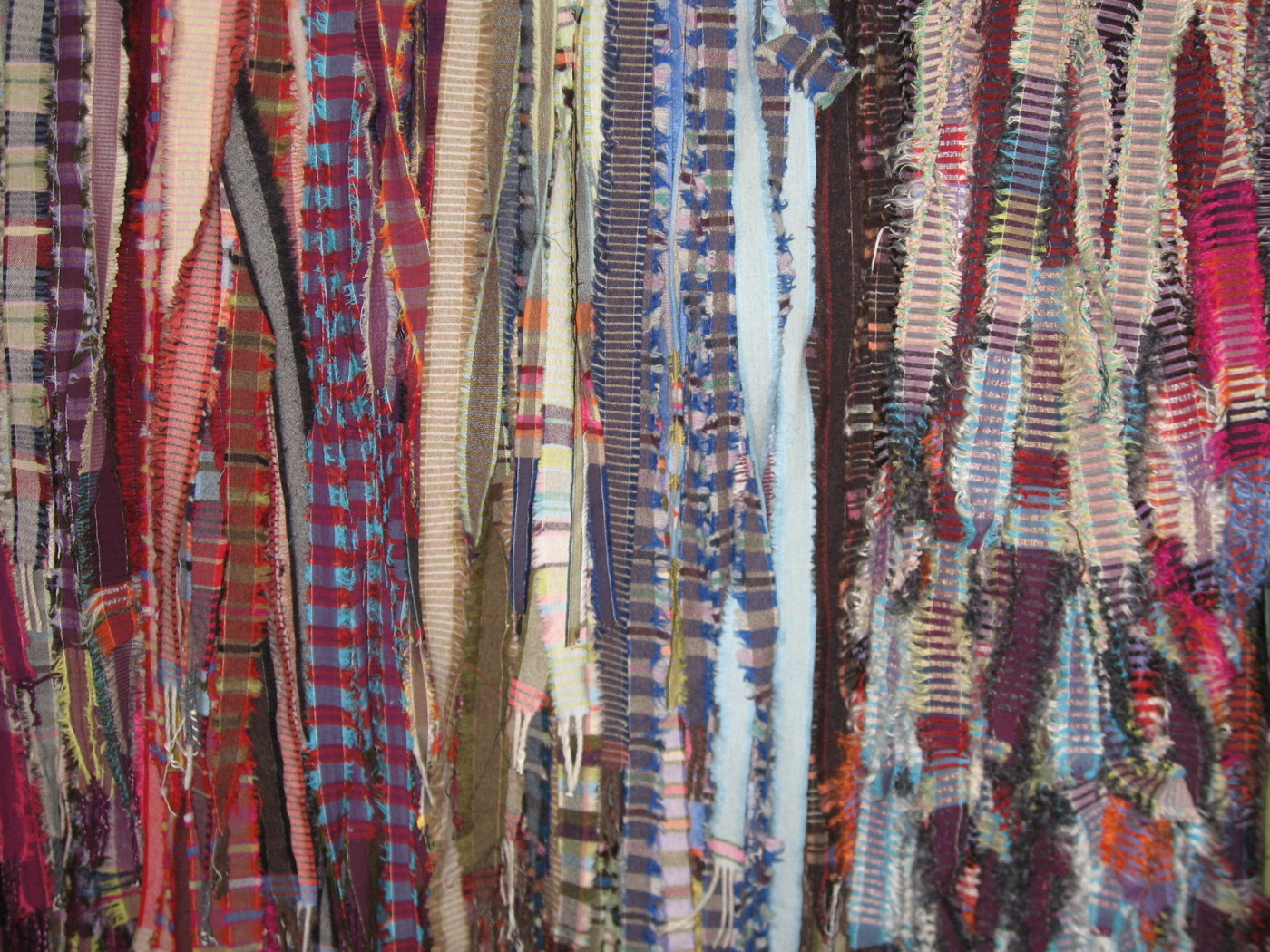Magali An Berthon discusses the development of the market for garments made from reclaimed wool.
Environmental and ethical reasons to extend the life of old clothing.
What happens to all of our clothes after we no longer want them?
The term "carbon footprint" refers to the impact of human activity on the environment based on levels of greenhouse gas (GHG) emissions.
The fashion and textile industry is an intricate business. Do you know how it works?
While natural and synthetic fibers are nearly 100% recyclable as long as they are not blended, not all textiles are 100% biodegradable.
Textile expert Stephen Szczepanek, owner of the textile gallery Sri, shares his knowledge about the remarkable recycling practices that were deeply embedded in Japanese folk culture.
Infographic: what you need to know about the fashion industry. In the past forty years, the scale and the geographical distribution of production of the textile, clothing and footwear industries have changed dramatically.
Reduce, recycle, and reuse are the three words to live by when thinking of how to limit waste generation and the human footprint on the environment.
An Issey Miyake collection uses textiles made from recycled plastic bottles.
